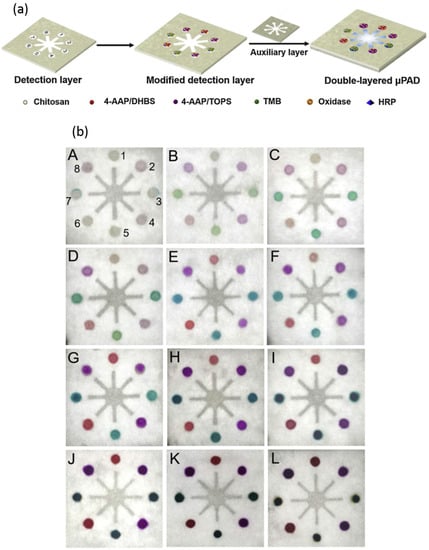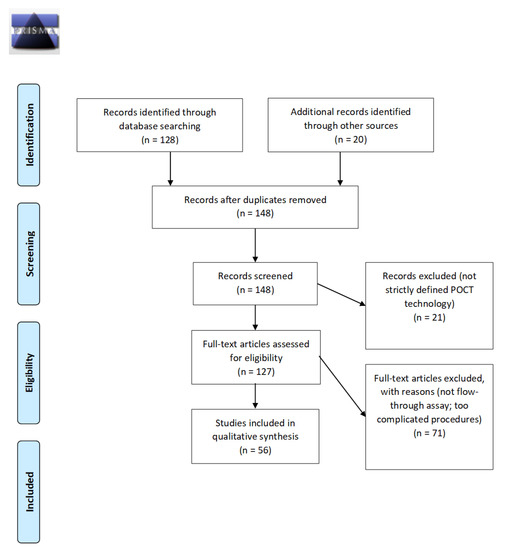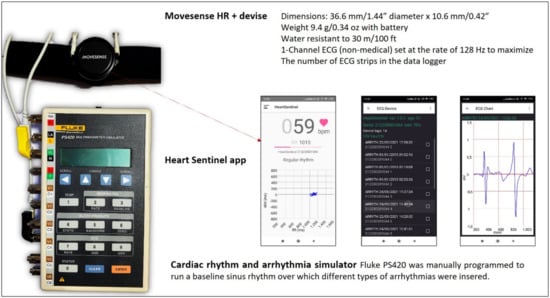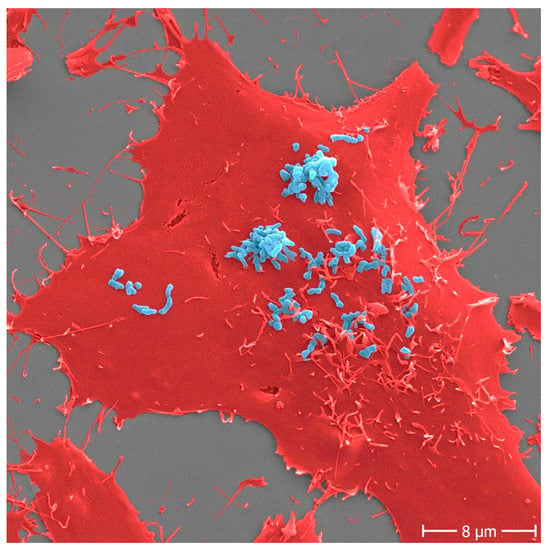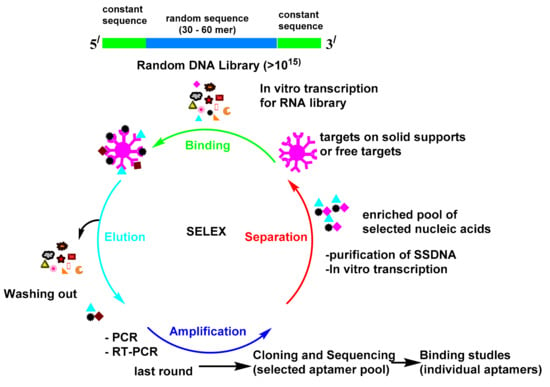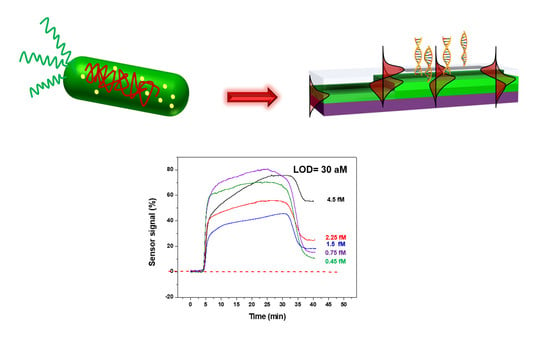Diagnostic Sensors
A topical collection in Diagnostics (ISSN 2075-4418). This collection belongs to the section "Point-of-Care Diagnostics and Devices".
Viewed by 49445Editors
Interests: optoelectronics, optical sensors; biosensors; MEMS; microfabrication technologies
Special Issues, Collections and Topics in MDPI journals
Interests: custom electronic instrumentation; wearable devices; miniaturized smart sensors
Special Issues, Collections and Topics in MDPI journals
Interests: electroanalysis; drug monitoring; in vivo sensing; aptamers; electrochemical biosensors; implantable sensors
Special Issues, Collections and Topics in MDPI journals
Topical Collection Information
Dear Colleagues,
Sensors are essential elements in the healthcare system, where it is necessary to report on key parameters associated with the development, progression, and treatment of specific pathologies. However, as evidenced by the current COVID-19 crisis, many advances are still necessary to meet the needs of a connected, changing, and demanding society. Sensors are now facing important challenges regarding sensitivity and selectivity, response time, simplicity, cost, portability, automation, robustness, and cost, most of them impossible to attain with current technologies and systems. This Topic Collection will highlight the most recent advances in sensor development for the next generation of diagnostic systems, including the following:
- Sensor design and fabrication protocols/technologies
- New transduction methods
- Sensors miniaturization and (bio)functionalization strategies
- Sensors integration in the following:
- Microanalytical platforms
- Wearables
- Microfluidic architectures
- Electronic components for control of measurement, signal processing, data transmission, powering, etc.
This is a collection of top quality papers published free of charge in open access form by the Editorial Board Members, or those invited by the editorial office and the Editor-in-Chief. The papers should be long research papers (or review papers) with a full and detailed summary of the author's work so far.
Dr. Xavier Muñoz-Berbel
Dr. Michele Dei
Dr. Miguel A. Pellitero
Guest Editors
Manuscript Submission Information
Manuscripts should be submitted online at www.mdpi.com by registering and logging in to this website. Once you are registered, click here to go to the submission form. Manuscripts can be submitted until the deadline. All submissions that pass pre-check are peer-reviewed. Accepted papers will be published continuously in the journal (as soon as accepted) and will be listed together on the collection website. Research articles, review articles as well as short communications are invited. For planned papers, a title and short abstract (about 250 words) can be sent to the Editorial Office for assessment.
Submitted manuscripts should not have been published previously, nor be under consideration for publication elsewhere (except conference proceedings papers). All manuscripts are thoroughly refereed through a single-blind peer-review process. A guide for authors and other relevant information for submission of manuscripts is available on the Instructions for Authors page. Diagnostics is an international peer-reviewed open access semimonthly journal published by MDPI.
Please visit the Instructions for Authors page before submitting a manuscript. The Article Processing Charge (APC) for publication in this open access journal is 2600 CHF (Swiss Francs). Submitted papers should be well formatted and use good English. Authors may use MDPI's English editing service prior to publication or during author revisions.








